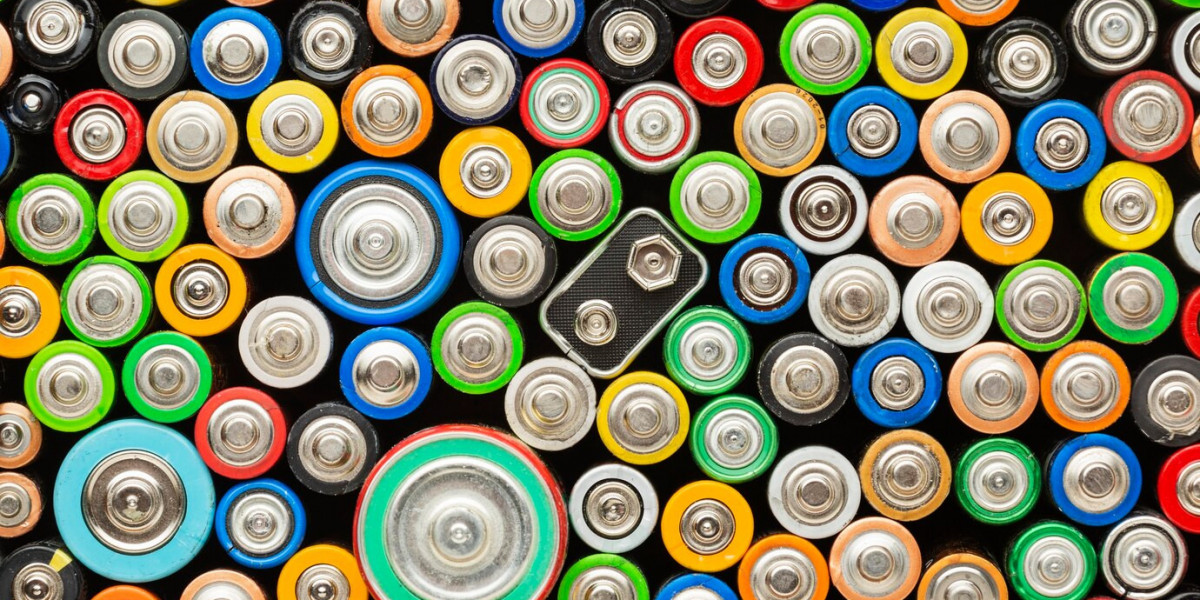The battery packaging market plays a critical role in ensuring the safety, efficiency, and durability of energy storage solutions. With the increasing demand for lithium-ion and other advanced batteries in electric vehicles (EVs), consumer electronics, and renewable energy systems, packaging has become more crucial than ever. However, manufacturers face multiple pain points that hinder smooth operations and market expansion.
From safety hazards to regulatory compliance, and supply chain challenges to sustainability concerns, businesses need to navigate these obstacles strategically.
1. High Costs and Material Constraints
One of the biggest challenges in battery packaging is the high cost of materials and production. Advanced battery packaging requires specialized materials like thermoplastics, aluminum, and composites, which provide insulation, fire resistance, and structural integrity. However, fluctuations in raw material prices make cost management difficult for manufacturers.
Solution:
Develop alternative materials that maintain safety while reducing costs.
Optimize production techniques such as automation and additive manufacturing.
Collaborate with suppliers to create cost-efficient, scalable solutions.
2. Safety Concerns and Fire Hazards
Batteries, especially lithium-ion, are highly sensitive to heat, pressure, and physical damage, making thermal runaway and fire hazards a significant concern. Poor packaging can lead to explosions, especially during transportation and storage, posing risks to both businesses and consumers.
Solution:
Use advanced thermal insulation materials and fire-resistant coatings.
Implement smart packaging solutions with temperature and impact sensors.
Comply with international safety regulations such as UN 38.3 and IEC 62133.
3. Regulatory Challenges and Compliance Issues
Governments worldwide have strict regulations regarding battery packaging due to environmental and safety concerns. Compliance with transportation, storage, and disposal laws often varies by region, making it complex for manufacturers to adhere to different standards.
Solution:
Stay updated on global regulatory changes and integrate compliance early in the design process.
Work with third-party testing agencies to ensure packaging meets certification standards.
Adopt standardized packaging solutions that meet multiple regional regulations.
4. Sustainability and Recycling Issues
With growing environmental concerns, companies are under pressure to reduce waste and implement eco-friendly packaging. However, the availability of recyclable and biodegradable materials is limited, making sustainable packaging a difficult goal to achieve.
Solution:
Develop reusable and recyclable packaging materials to minimize environmental impact.
Invest in research for biodegradable alternatives and closed-loop packaging systems.
Encourage regulatory support for sustainable packaging innovations.
5. Supply Chain Disruptions and Logistics Challenges
Global supply chain disruptions, especially due to geopolitical tensions and raw material shortages, impact the availability and cost of battery packaging materials. Additionally, strict shipping regulations make the transportation of battery products complex and costly.
Solution:
Diversify suppliers to reduce dependency on specific regions.
Adopt digital supply chain management for real-time monitoring and risk mitigation.
Improve packaging designs to reduce weight and optimize shipping costs.
Conclusion
The battery packaging market faces several challenges, including high costs, safety risks, regulatory hurdles, sustainability concerns, and supply chain disruptions. However, through innovative material development, smart packaging technologies, and regulatory adaptation, companies can overcome these pain points and drive market growth.
The future of battery packaging lies in sustainable, cost-effective, and technologically advanced solutions that ensure both safety and efficiency. By proactively addressing these challenges, manufacturers can stay ahead in this rapidly evolving industry.









